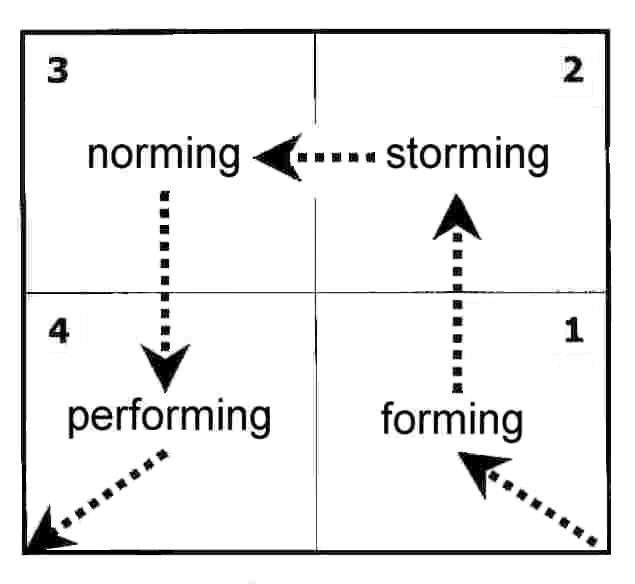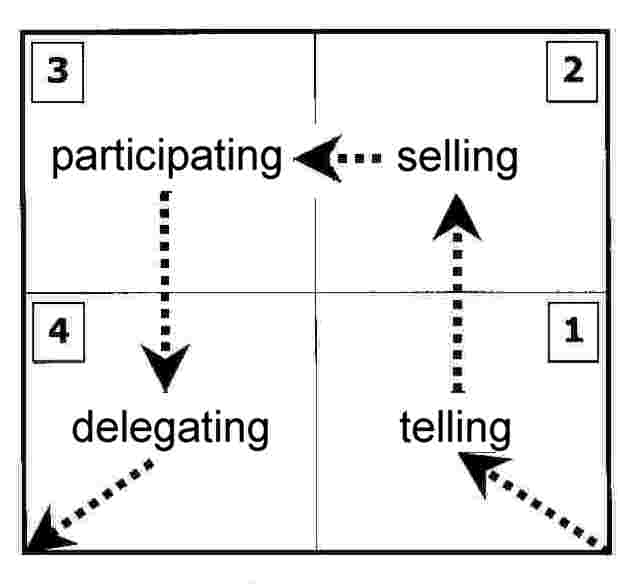
From the Impossible to the Possible by Daniel Burrus ©2004 - 2006 All Rights Reserved
A reporter was writing a story on my career as a technology forecaster and business strategist, and asked me why I have been so excited about technology all of these years. I explained to her that technology allows us to turn the impossible into the possible. Most of the things you and I do on a daily basis were, at one time, impossible. For early man, sitting in a chair was impossible; they would have to find a rock or a stump if they wanted to sit.
How have humans been able to redefine what is possible since they first set foot on the planet? The answer is, technology. Technology enables us to turn the impossible into the possible. History reveals that when a new tool is combined with a compelling vision, the world can be changed.
Imagine what it might have been like when some long-ago inventor showed off the first wheel. He or she might have said, "I'll change the world with this." As you might guess, word spread very slowly.
The telephone was another great invention, but just as inventions before it, word still spread slowly. Let's face it, who would you call?
Today Is Not Like Yesterday
When there is a tectonic shift out at sea that triggers an earthquake, tidal waves are created. Because of the great depths of the ocean, the waves are very small, yet the energy from the earthquake can cause the small waves to reach speeds of up to 500 mph. As the waves get closer to shore and the water becomes shallow, they slow down and build, often to great heights.
A few professional lookouts, in this case technology forecasters and futurists whose job it is to look out at the horizon, saw the approaching waves of technological change. Most of us, however, spend little time looking at the horizon. Instead we concentrate on avoiding the obstacles in our current path. Using this tidal wave metaphor, the dot com wave caught by many businesses and individuals by surprise and as the wave subsided, it washed many of the bad business models out to sea.
When a tidal wave strikes, it is usually followed by a few more waves. The next e-business wave of technology-driven change is fast approaching, and once again, few are ready. I would call this wave a "smart" wave because venture capitalists and stock market investors learned a great lesson from the first wave: a plan for profitability and an understanding of sales, marketing, fulfillment and customer service, among others are important.
The Quiet Revolution
Today, word spreads quickly! Customized news comes to us via many avenues, including television, PDAs and cell phones. Microsoft has recently introduced smart object technology that uses radio waves to broadcast news, sports, stock quotes and other information to everyday objects like a watch, bracelet or key chain pendant that have a smart object receiver.
When AOL introduced instant messaging many years ago, it allowed users to detect the online presence of buddies - people we may want to communicate with whenever they are online - and instantly communicate with them by typing a message. Instant messaging is no longer limited to typing short messages. The latest application of instant messaging allows you to talk with and even see the people with whom you are communicating. Even cell phones will allow you to detect when your buddies have their cell phones on so you will know that if you call, they will be there to answer.
When a technology satisfies a social need, a revolution is created. One of mankind's social needs is to communicate. Every time a technology like smoke signals, the telegraph, the telephone and the Web, to name a few, has allowed us to lift the bar on our ability to communicate, a revolution in how we live, work and play followed.
Real-Time Events
Thanks to the Web and other telecommunication technologies, new ideas and events spread almost instantly around the world. We have been watching events from around the world in real-time for over a decade. Remember the first Gulf War and seeing the live video on CNN of the bombs being dropped? Years later, I'll never forget walking into the lobby of a hotel in Brussels, Belgium and seeing a crowd gathered around a television with live video of the World Trade Center just as it collapsed. Now, that's instant messaging.
As our laptops, cell phones and PDAs become multimedia Communication Age devices, we will experience yet another shift in how we live our lives and conduct our business.
Should Is More Important Than Could
When I look beyond communication technology and look at nanotechnology, biotechnology and many others fields, I see that technology will continue to allow mankind to redefine what is possible on the planet, turning the impossible into the possible. We will discover many new things we can do. The key to shaping a positive future is to separate what we could do from what we should do. By focusing on what we should do, we can shape a better tomorrow for all.
About The Author
Daniel Burrus is considered one of the world's leading technology forecasters and strategists, and is the founder and CEO of Burrus Research Associates, Inc., a research and consulting firm that specializes in global innovations in science and technology, their creative application, and future impact. Over the past two decades, he has established a worldwide reputation for his exceptional record of accurately predicting the future of technological change and its direct impact on the business world. He is a strategic advisor to executives from many Fortune 500 companies, helping them to develop successful competitive strategies based on the creative application of leading-edge technologies. He publishes the popular monthly Technotrends Newsletter®, now in its twenty-second year of publication, and is the author of six books, including the highly acclaimed Technotrends, which has been translated into over a dozen languages. He has been the featured subject of a PBS television special and has appeared on programs such as Larry King, CNN, CNBC, and Bloomberg, and is quoted in a variety of publications, including USA Today, Fortune, and Forbes. The New York Times has referred to him as one of the top three business gurus in the highest demand as a speaker. He is a highly successful entrepreneur who has founded and managed five businesses, two of which were national leaders in the United States in the first year.
©Burrus Research Associates, Inc.
557 Cottonwood Ave., Suite #106
P.O. Box 47
Hartland, WI 53029-0047
Phone: 262-367-0949, Fax: 262-367-7163
 Management Dashboard – If you are not familiar with a management dashboard then you are certainly missing out. A management dashboard offers a simple yet powerful way for viewing all the important information contained in the databases of your corporation. Such enterprise dashboard solutions allow top management the ability to view business intelligence and other key information relating to business operations.
Management Dashboard – If you are not familiar with a management dashboard then you are certainly missing out. A management dashboard offers a simple yet powerful way for viewing all the important information contained in the databases of your corporation. Such enterprise dashboard solutions allow top management the ability to view business intelligence and other key information relating to business operations.















